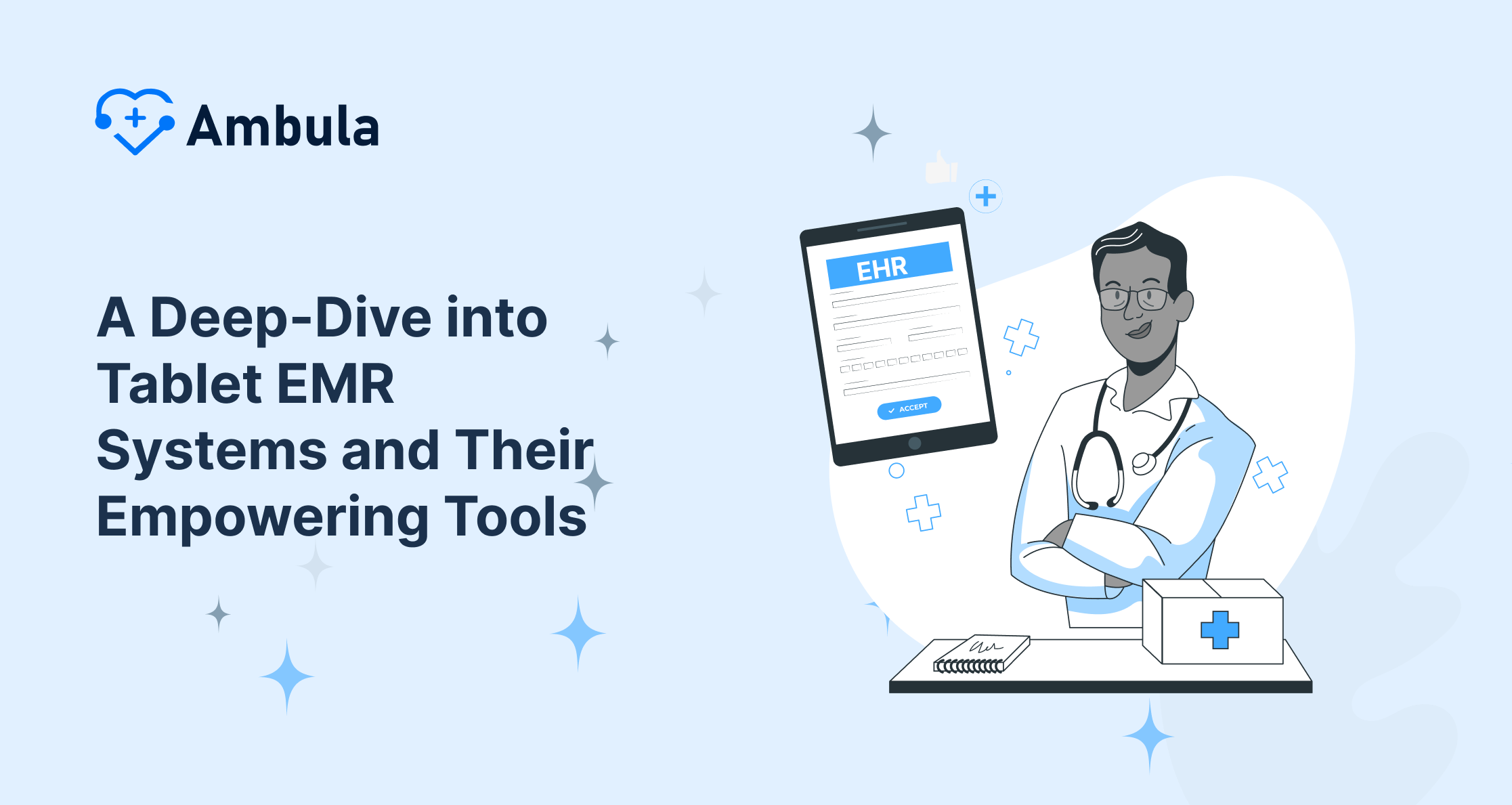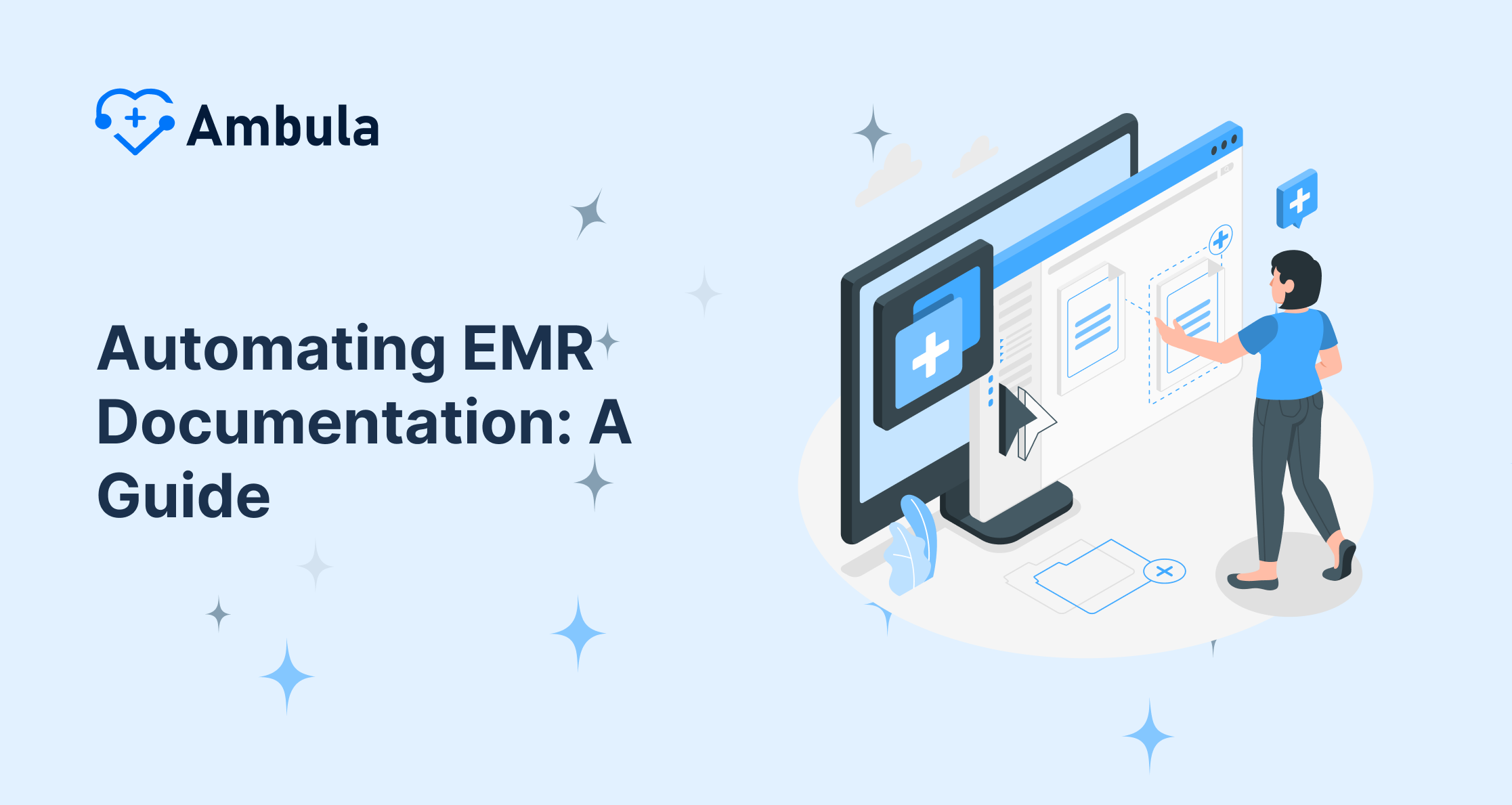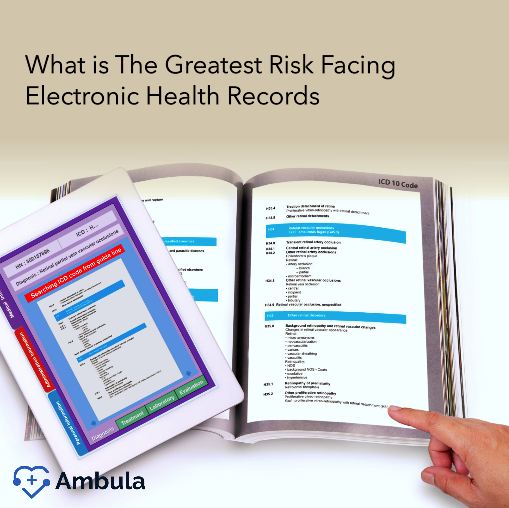In today’s rapidly evolving healthcare landscape, technology stands at the forefront, driving innovations and streamlining operations. Two terms often echo in the corridors of clinics and hospitals: EMR and PMS. While they might seem like just another set of acronyms in the vast medical lexicon, their impact on modern healthcare is profound. Dive in as we dissect these tools, unravel their unique functionalities, and explore how, when combined, they can revolutionize the way you run your practice. Whether you’re a seasoned professional or just stepping into the digital realm, this guide is tailored to demystify the nuances of EMR and PMS for you.
Topics:
- In-depth Look at EMR
- Depp Dive Into PMS
- Comparing EMR and PMS
- What does the combination of both lead to?
In-depth Look at EMR
Electronic Medical Records (EMR) are more than just a digital upgrade; they’re reshaping the very fabric of patient care. So, let’s unpack the essence of EMRs and why they’re pivotal for healthcare professionals like you.
Diving into the heart of an EMR, it’s essentially the digital counterpart of those hefty patient files that once cluttered clinic shelves. It meticulously captures a patient’s medical trajectory, from their allergies and treatments to radiology images and laboratory test results. This digital transformation isn’t just about going paperless; it’s about having a reservoir of patient information right at your fingertips, streamlining consultations and decision-making.
But there’s more. Think about the times you’ve prescribed medications. With EMRs, those moments of second-guessing are minimized. The system’s medication tracking feature lets you monitor a patient’s prescriptions in real time. This ensures that there’s no overlap or potential for harmful interactions, acting as a safety net. It’s about ensuring that every prescription you write is informed, safe, and in the best interest of your patient.
Deep Dive into PMS
Navigating the healthcare landscape requires more than just medical expertise. Behind every successful practice is a robust administrative backbone, and that’s where Practice Management Software (PMS) shines.
So, what’s the buzz about PMS? Picture this: a digital command center that streamlines everything from patient bookings to billing. It’s the unsung hero that keeps the gears of a healthcare practice turning smoothly.
Now, let’s talk about patient portals. In today’s digital age, patients crave real-time access. With PMS, they can book appointments, view test results, or even shoot over a quick query, all from the comfort of their homes. It’s about giving your patients the autonomy they seek while freeing up your front desk from endless phone calls.
But PMS isn’t just about patient interaction. It’s also your financial compass. Automated billing, insurance claims processing, and even payroll? Check, check, and check. No more manual calculations or billing errors. Instead, you get a streamlined financial workflow that ensures your practice remains profitable.
And here’s something you’ll love: the analytics. Have you ever wondered about your busiest hours or which services are most sought after? PMS provides insights that can help you optimize staff schedules, manage resources, and even refine your services.
In essence, while EMRs empower you to provide top-notch patient care, PMS ensures that the administrative machinery of your practice runs without a hitch. It’s the silent force multiplier in your healthcare arsenal, ensuring that while you focus on patient care, the business side of things is well taken care of.
Comparing EMR and PMS
Alright, let’s get down to brass tacks. EMR and PMS are two acronyms that often get thrown around in the healthcare world, but what sets them apart? Let’s dissect the nuances.
- Functionality Focus:
- EMR: Think of EMR as your digital medical diary for each patient. It’s where you’ll find comprehensive medical histories, treatment plans, and diagnostic results. It’s the heart of clinical care, ensuring you have all the patient data you need for informed decisions.
- PMS: PMS, on the other hand, is like the brain of your practice’s operations. It’s where appointments get scheduled, bills are processed, and patient interactions are logged. It’s the behind-the-scenes maestro making sure the non-clinical aspects of your practice hum along smoothly.
- User Interaction:
- EMR: Primarily, you and your medical staff will be the main users. It’s where you’ll jot down notes during consultations, order tests, and prescribe medications.
- PMS: This is a broader tool accessed by front-desk staff, billing teams, and sometimes even patients (especially if there’s a patient portal feature).
- Data Depth:
- EMR: Deep dives into individual patient health. It’s a holistic view of a patient’s health journey from allergies to X-ray results.
- PMS: More about numbers and logistics. Think about appointment slots, billing cycles, and inventory levels.
- Integration and Interoperability:
- EMR: Often designed to integrate with labs, pharmacies, and other healthcare entities to ensure seamless patient care.
- PMS: While it can integrate with EMRs, its primary integrations might be billing services, insurance companies, and communication tools.
- Regulatory Compliance:
- EMR: Given the sensitive patient data, EMRs often have stringent security and compliance standards, ensuring patient confidentiality isn’t breached.
- PMS: While also adhering to data protection standards, the focus might be more on financial regulations and communication compliance.
In the grand scheme of things, while EMR and PMS might seem like two sides of the same coin, they serve distinct, crucial roles in a healthcare practice. By understanding their unique functionalities and benefits, you can harness their full potential, ensuring both top-tier patient care and smooth operational sails.
Check out these articles after you’re done.
Other features of PMS include:
- Task management and user reports
- Photo and document storage
- Billing and quoting tools
- Developed analytics
- Online surveys and reviews
- External and internal communication
Moreover, this includes notes on prescriptions, patient visits, and test results. Systematically, EMR benefits treat two sections: Patients and providers.
What does EMR offer patients?
1- Fewer errors in comparison to paper records
2- Quicker and better care
3- Patient data and results tracking in time
4- Improvement of diagnosis and treatment
5- Identification of patients who need preventive care and screenings
6- Patient privacy and health data security boost
7- Data-based decisions support
8- Reception of reminders, self-care suggestions, and weblinks with other follow-up support
9- Access of patients to their prescriptions, patient records, and lifestyle changes recommendations
What does EMR offer providers?
1- Possibility of saving space
2- Optimization of the workflow
3- Less operational costs
4- Communication with other medical facilities
5- The ability to scale patient records and customize them
6- Enabling outreach
7- Reminders, documentation, and research support
8- Preventing conflicting treatments and duplicate test results
9- Providing links to different patient information
Combining the Power of EMR and PMS
Harnessing the strengths of both EMR and PMS can be likened to assembling a dream team for your practice. When these systems collaborate, the results can be nothing short of transformative. Let’s delve into how this synergy can elevate your practice to new heights.
Unified Patient Experience:
Imagine a scenario where a patient books an appointment through the PMS portal. Upon arrival, all their details are already integrated into the EMR, ready for consultation. No redundant paperwork, no data entry errors, just a seamless transition from booking to consultation.
Streamlined Workflow:
With EMR and PMS working in tandem, administrative tasks become a breeze. Appointment schedules sync with patient records, ensuring you’re always prepped for the day’s consultations. Billing becomes more accurate as treatments recorded in the EMR are automatically reflected in the PMS for invoicing.
Data-Driven Decisions:
The analytical prowess of PMS combined with the clinical data from EMR can offer invaluable insights. You can identify trends, from the most common ailments to peak appointment times, helping you optimize resources and enhance patient care.
Enhanced Communication:
Post-consultation, the EMR can flag follow-ups or tests, and the PMS can send out automated reminders to patients. This ensures that patients are always in the loop, enhancing adherence to treatment plans and follow-up schedules.
Robust Data Security:
While EMRs focus on stringent patient data protection, PMS ensures financial and operational data security. When integrated, you get a fortified system, safeguarding every facet of your practice’s data.
Scalability:
As your practice grows, so do the demands on your systems. An integrated EMR and PMS setup can adapt and scale, ensuring that whether you’re adding new services or expanding your team, the transition is smooth.
In essence, while EMR and PMS are powerful on their own, their combined force can propel your practice into a realm of efficiency and excellence previously unimagined. It’s about ensuring every aspect of your practice, from patient care to administration, operates in harmony.
How can EMR and PMS improve your practice?
Before, we mentioned that combining EMR and PMS benefits brings vital change to your medical practice. Thus, bringing administrative efficiencies to a whole new level. If you want complete electronic management for patients, you’ve got to combine both software. Truth is, when you get EMR and PMS at the same time, you gain:
1- Telemedicine: which means online consultations from anywhere
2- A strong patient portal in terms of scheduling and accessing data
3- Simple reporting and prescribing tool
4- Medical CRM to observe customer experience from A to Z with feedback collection
5- Advanced evidence-based decision-making tools help you with diagnosis and offer options for treatments
Finally, you upgrade your practice whether you choose EMR, PMS, or both. Ultimately, study your practice well to find a customized solution for you. Research and ask other practitioners about their experiences, and don’t forget to reconsider getting a lawyer to settle for agreements with the buyer.
In case you need to learn more about this subject, we invite you to contact the Ambula healthcare team: at (818) 308-4108! And now, check out how does EMR improve patient care?





